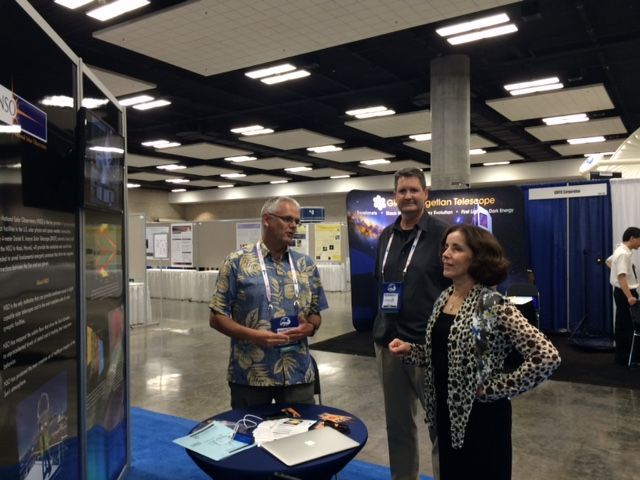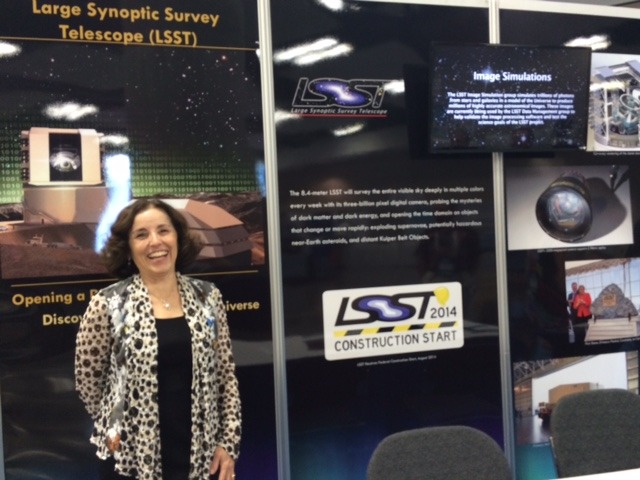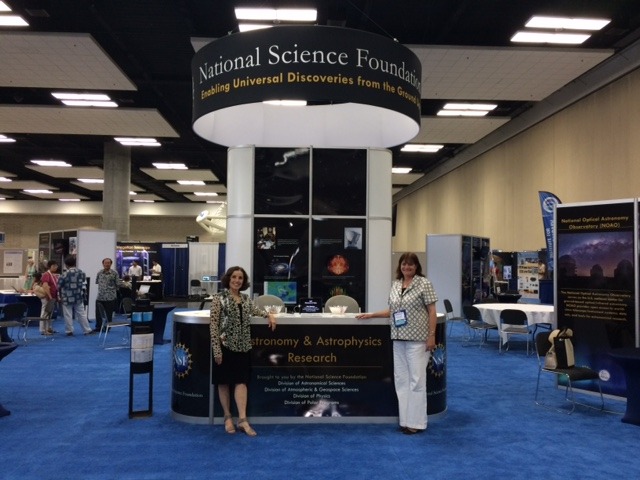The U.S. National Science Foundation National Radio Astronomy Observatory (NSF NRAO), in partnership with several leading Mexican universities and research institutes, has announced a series of landmark agreements and meetings aimed at advancing Mexico’s role in the Next Generation Very Large Array (ngVLA) project.
Recent News
Astronomers Discover a Superheated Star Factory in the Early Universe
Astronomers have uncovered a previously unknown, extreme kind of star factory by taking the temperature of a distant galaxy using the ALMA telescope. The galaxy is glowing intensely in superheated cosmic dust while forming stars 180 times faster than our own Milky Way.
Astronomers Share Largest Molecular Survey To-date: GOTHAM Legacy Data Goes Public
Astronomers in the “GBT Observations of TMC-1: Hunting Aromatic Molecules” research survey, known as GOTHAM, have released a spectral line survey with largest amount of telescope time ever conducted, charting more than 100 molecular species only found in deep space.
International Astronomical Union (IAU) General Assembly
Every year, astronomers from all around the globe gather for a couple of weeks at the IAU General Assembly to discuss their discoveries and observations, and to exchange ideas and challenges facing astronomy. This year the assembly is taking place in Honolulu, Hawaii. I had the privilege to give opening remarks this past Tuesday. As I said in my remarks, “it is a great honor to represent the Obama Administration at this historic event.”
NSF is one of the world’s leading institutions in astronomy. For decades, NSF-funded researchers have been exploring the most intriguing mysteries of the heavens. We hope to continue doing so!


Great catching up with the National Solar Observatory (NSO) and NSF solar astronomy program officer Dave Boboltz. One of NSO’s major projects is the NSF-funded Daniel K. Inouye Solar Telescope on Haleakala, Hawaii. This telescope will provide new insights into solar phenomena, including solar storms. Photo credit: NSF

With the recent announcement about Breakthrough Listen, I enjoyed talking with National Radio Astronomy Observatory’s Tony Beasley about how NSF-funded radio astronomy will play a key role. Photo credit: NSF

The Large Synoptic Survey Telescope in Chile has the world’s largest digital camera. Photo credit: NSF

NSF booth at the assembly. I’m with Patricia Knezek, NSF deputy division director for the Division of Astronomical Sciences. Photo credit: NSF
Follow and engage in the online conversation using #IAU2015 and #NSFastronomy.
Recent News
NSF National Radio Astronomy Observatory and Mexican Institutions Sign Historic Agreements to Advance ngVLA Collaboration
The U.S. National Science Foundation National Radio Astronomy Observatory (NSF NRAO), in partnership with several leading Mexican universities and research institutes, has announced a series of landmark agreements and meetings aimed at advancing Mexico’s role in the Next Generation Very Large Array (ngVLA) project.
Astronomers Discover a Superheated Star Factory in the Early Universe
Astronomers have uncovered a previously unknown, extreme kind of star factory by taking the temperature of a distant galaxy using the ALMA telescope. The galaxy is glowing intensely in superheated cosmic dust while forming stars 180 times faster than our own Milky Way.
Astronomers Share Largest Molecular Survey To-date: GOTHAM Legacy Data Goes Public
Astronomers in the “GBT Observations of TMC-1: Hunting Aromatic Molecules” research survey, known as GOTHAM, have released a spectral line survey with largest amount of telescope time ever conducted, charting more than 100 molecular species only found in deep space.
